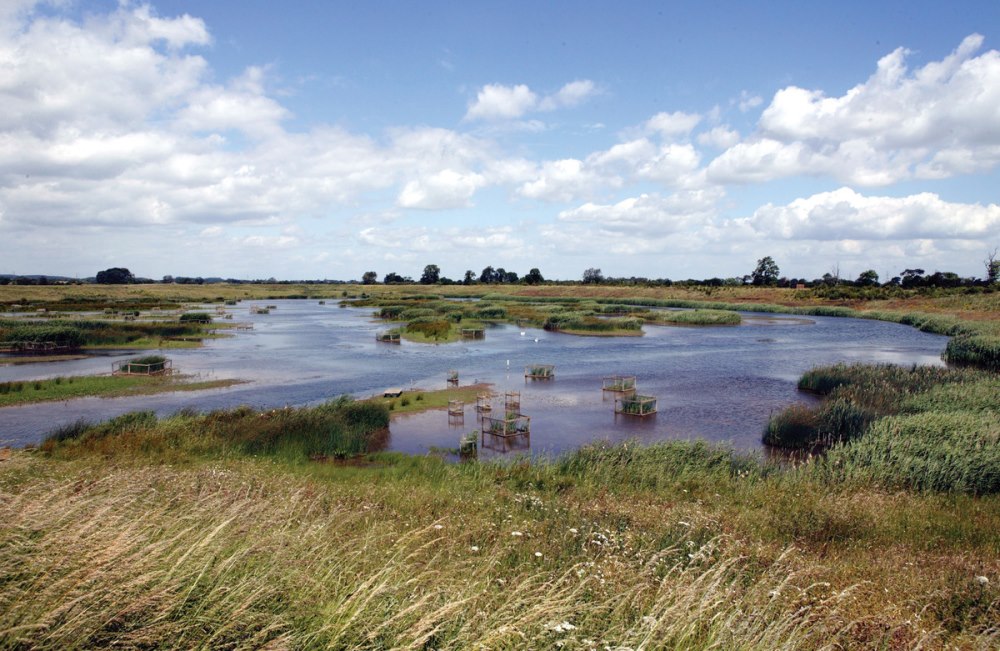environmental stewardship
“Supporting, protecting and encouraging wildlife and biodiversity is something we strive to do across the whole of our business”
Matthew Pixton, estates manager
highlights
Our core business is quarrying natural resources and making them into essential products such as concrete, asphalt, cement and lime. It’s imperative that we do this in a responsible, safe and sustainable way, managing any impacts while respecting and protecting the environment.
We assess environmental risks and impacts of our activities on the surrounding environment, local communities, while ensuring compliance with legislation and industry best practice. Our Environmental Management System (EMS) is core to this approach. We have continued to embed the EMS across our business and have ensured that all our operational sites are certified to ISO 14001 Environmental Management Systems Standard.
We report all incidents that occur on site, no matter how minor and welcome feedback on operations from members of the public and other interested parties. We ensure thorough investigations are conducted and, where appropriate, make changes to our operations to prevent reoccurrence. We take all feedback seriously.
At our cement and lime plants we employ the best available technology to manage and minimize emissions to the atmosphere. We have made significant reductions in emissions since 2000, our baseline year.
Cement 2018
| Unit | Particulates | Sulphur Dioxide (SO2) | Oxides Of Nitrogen (as NO2) |
|---|---|---|---|
| Tonnes | 62 | 605 | 1938 |
| kg/tonnes PCe | 0.03 | 0.30 | 0.96 |
| % reduction compared to 2000 | -95% | -94% | -67% |
Lime 2018
| Unit | Particulates | Sulphur Dioxide (SO2) | Oxides Of Nitrogen (as NO2) |
|---|---|---|---|
| Tonnes | 16 | 10 | 61 |
| kg/tonnes CaO | 0.03 | 0.02 | 0.13 |
| % reduction compared to 2000 | -95% | -98% | -54% |
* PCe – Portland cement equivalent, a standard industry normalising factor representing the tonnes of Portland cement manufactured from a tonne of cement clinker.
** CaO – Quicklime
Our approach to enhancing biodiversity focuses on providing a lasting legacy - enhancing the biodiversity value of our assets compared to the situation before mineral extraction began. Each of our operational quarry sites has a biodiversity management plan or site mineral restoration plan, often produced in collaboration with regulators, wildlife bodies, such as The Wildlife Trusts, Royal Society for the Protection of Birds (RSPB) and community groups. These plans, guide our approach in managing biodiversity at a local level and help to ensure that opportunities to support, enhance and create biodiversity are taken throughout the operational life of a site.

At the end of their life our sites are returned to their original use, such as agriculture, while others may be transformed into nature reserves and wetland habitats. Land may also be returned to the community for recreational use, to support local jobs through industrial or retail use or to provide much needed housing.
